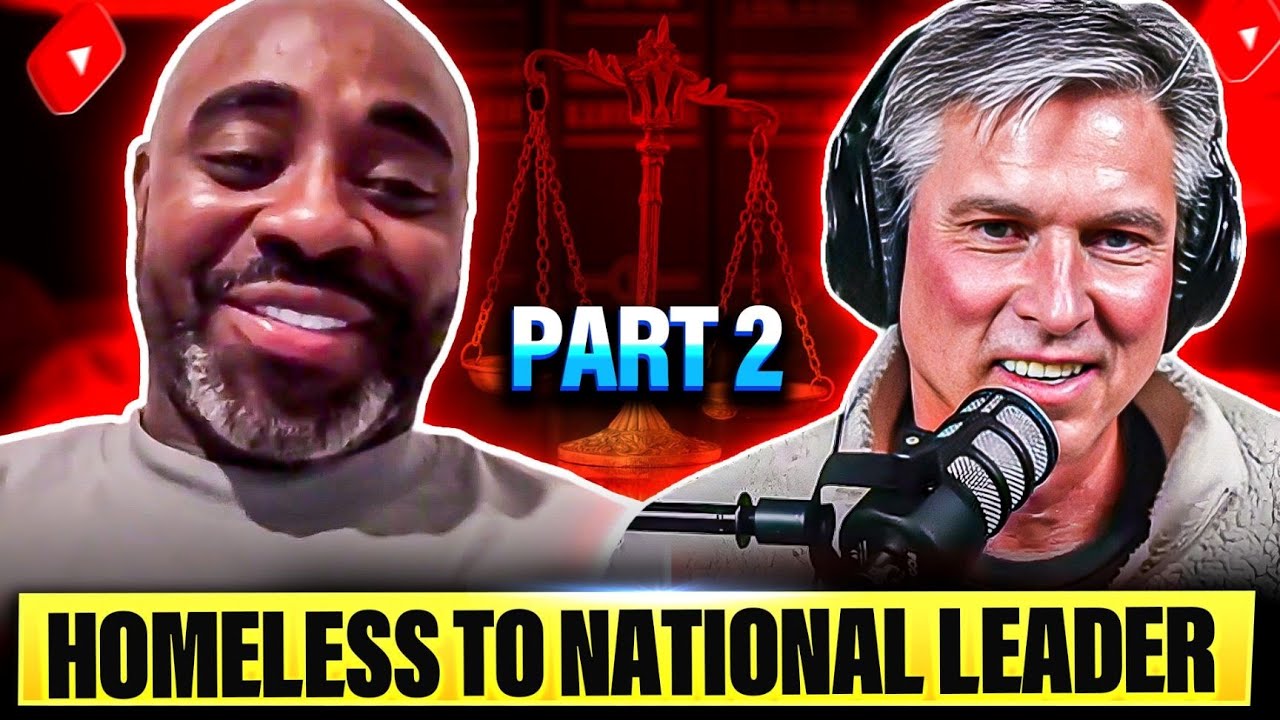Picture a young man, Rick Gray, pacing anxiously in a dimly lit room, a crumpled piece of paper clutched tightly in his hand. That paper, a list of names, represented the people he had wronged, the trust he had shattered, and the pain he had caused. At that moment, he was not just a name on a list; he was a reflection of his past decisions, a life marked by addiction and crime. This was the turning point that would ultimately lead him on a path of redemption and purpose.
Rick’s early life was anything but stable. Growing up with two younger sisters and a father who had spent time in prison, he often felt like an outsider. His father’s absence and struggles with the law left Rick grappling with insecurities that would follow him into adulthood. As a teenager, instead of finding solace in friends, Rick turned to drugs and alcohol, seeking a way to escape the feelings of inadequacy and loneliness.
School was a battleground for him, he felt out of place among the popular kids, and even when he tried community college, it didn’t resonate with him. The world around him felt like a constant reminder of his struggles. But it was during this time that Rick made choices that would lead him down a darker path.
Writing bad checks to fuel his addiction, he became notorious in Kansas City, even landing on the city’s top 10 most wanted list. This notoriety was a wake up call, a moment that forced him to confront the reality of his life. It was no longer just about him; it was about the impact of his actions on his family, especially after he stole from their business. The trust he had lost weighed heavily on him.
Rick’s journey through the prison system was marked by multiple stints behind bars, but even in those dark moments, he began to reflect on what had driven him to this point. He realized that his actions were rooted in deep seated insecurities and a lack of support. The absence of a father figure compounded his struggles, and he began to understand that the cycle of crime and addiction was not just about him; it was about a system that often fails to provide the necessary support for individuals like him. As he navigated through his time in prison, Rick made a pivotal decision.
He wanted to change not just for himself but for others who were caught in similar circumstances. He recognized that there were countless individuals who had faced the same demons he had and that they, too, deserved a chance at redemption. This realization sparked the creation of his non profit, focused on helping justice impacted individuals reintegrate into society. By teaching trades like carpentry, he aimed to provide skills that could lead to stable employment and a brighter future.
Rick’s work goes beyond just teaching trades, it is about building a support system for those who feel lost, like he once did. He emphasizes the importance of community and understanding the underlying issues that lead to recidivism. His story is not just about his past; it is about creating a space for others to find their footing, to rebuild their lives, and to feel valued. Reflecting on his journey, Rick often shares how pivotal moments shaped his path.
The moment he realized his father’s absence was not just a void but a significant influence on his choices opened a door to understanding himself. He chose to channel his experiences into something meaningful, helping others avoid the pitfalls he once faced. This commitment to service and support is what drives him today. In sharing his story, Rick Gray has become an advocate for change, not just within himself but for a community that often feels overlooked.
His journey is a reminder of the power of reflection and the impact of a supportive network in the healing process. As he continues to empower others, he embodies the belief that it is never too late to turn one’s life around and make a difference in the lives of others.

